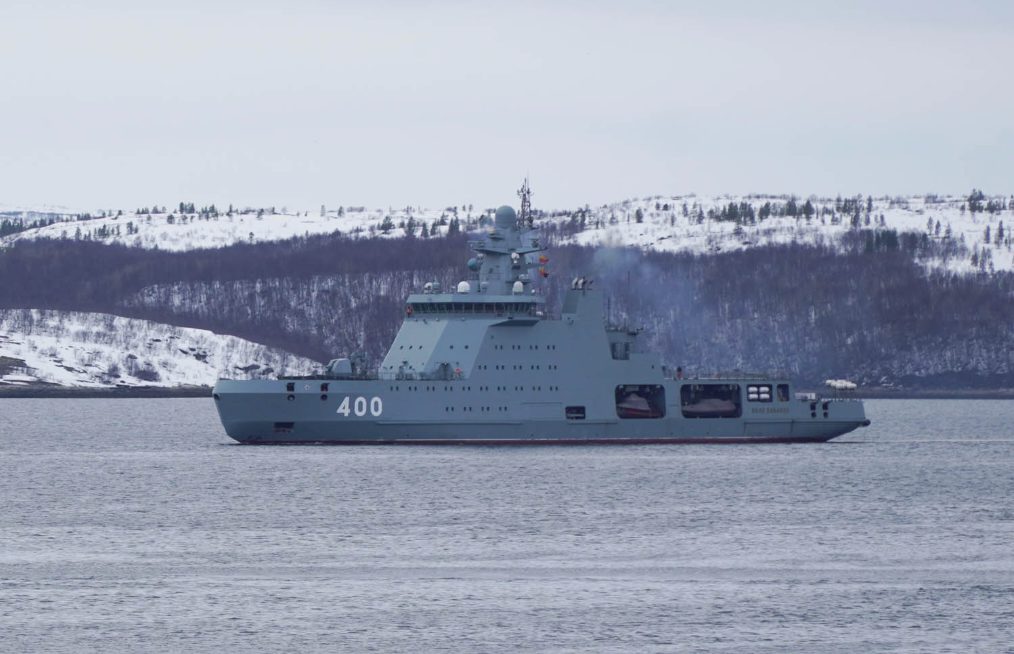Russia’s armed icebreaker Ivan Papanin completes Arctic trials
April 24, 2025
32

gCaptain reports that Russia has completed Arctic ice trials for its new combat-ready icebreaker Ivan Papanin, a signal of Moscow’s expanding military posture in the region. The vessel is expected to join the Russian Navy’s Northern Fleet in 2025 and represents a hybrid between an armed warship and a powerful Arctic icebreaker.
- The Ivan Papanin is an 8,500-ton, 114-meter-long vessel with an Arc7 ice class, capable of breaking through 1.7-meter-thick ice for year-round Northern Sea Route access.
- Equipped for combat, it features a 76.2mm naval gun, heavy machine guns, portable anti-aircraft missiles, and capacity for up to eight Kalibr or Uran cruise/anti-ship missiles. A helipad and hangar support aerial operations.
- The ship is set to officially join the Northern Fleet in summer 2025, focusing on protecting shipping lanes from Novaya Zemlya to the Bering Strait.
- Originally slated for 2023 deployment, construction delays pushed its commissioning back to 2025. A second ship of the class, Nikolai Zubov, is planned for 2026, with two more underway for Russia’s coast guard counterpart.
- Similar ice-class patrol vessels are already in service or development in Arctic NATO states, including Norway’s Svalbard-class, Canada’s Harry DeWolf-class and Denmark’s planned successors to the Thetis-class. The U.S. Coast Guard is also exploring a comparable Arctic Security Cutter program.
- The deployment reflects Russia’s intention to dominate Arctic waterways, secure its northern border, and assert influence over critical shipping routes as global warming opens the region to year-round navigation.
- The dual-purpose design highlights a trend toward militarizing icebreaking vessels, once primarily used for escort and logistics support.
- As Arctic competition intensifies, the move may accelerate defense investments by Western Arctic states and NATO to counterbalance Russian presence.